Nestled between the scenic districts of Kangra and Mandi, Baijnath is a town where history, nature, and spirituality intertwine. The gentle flow of the Binwa River adds to its charm, but what truly defines Baijnath is the awe-inspiring Baijnath Temple—a majestic shrine dedicated to Lord Shiva. Beyond its architectural grandeur, this ancient temple holds countless stories, legends, and mysteries that continue to captivate all who visit. In this article, we delve into the fascinating tales and hidden secrets of Baijnath Temple, inviting you to journey through its timeless allure and discover why it remains a place of wonder and devotion.
In This article
ToggleBaijnath Temple Himachal Pradesh
Many people often confuse Baijnath Temple in Himachal Pradesh with the Baidyanath Temple in Deoghar, Jharkhand, due to their similar names. However, we must clarify that these are two entirely different temples. The key difference is that the Baidyanath Temple in Deoghar is one of the twelve Jyotirlingas, while Baijnath Temple is not. Despite this, Baijnath Temple holds immense significance.
Baijnath Temple houses a Swayambhoo Shivlinga, meaning the Shivlinga emerged naturally from the earth. Its exact origin remains a mystery, with many believing that it has existed since the beginning of life on Earth.
Baijnath Temple History
Inscriptions found on the walls of Baijnath Temple reveal that it was built in the 8th century AD by two merchant brothers, Manyuka and Ahuka. Although a smaller structure already existed on the site, the temple we see today was constructed by them. These inscriptions, written in Sanskrit and Pahari using the Tankri script, provide key details about the temple’s history.
Still visible in the temple’s mandapam, the inscriptions praise Lord Shiva and mention the ruler of that time, King Jaya Chandra, along with other merchants who contributed to the temple’s construction. They also reference the ancient name of Kangra district, Trigarta, and the original name of Baijnath town, Kirgraam.
Mysteries and Stories of Baijnath Temple
Origin of Baijnath Temple Shivlinga
Baijnath Temple is surrounded by many intriguing stories and mysteries, with the most significant being the origin and depth of the Shivlinga. Some believe that the Shivlinga appeared after Ravana worshipped Lord Shiva at this very spot, while others claim it manifested on its own, naturally emerging from the earth.
The Depth of Baijnath Shivlinga
The depth of this Shivlinga remains one of the temple’s greatest unsolved mysteries, as no one has been able to determine how far it extends into the ground.
According to legend, the king of Mandi once attempted to take the sacred Shivlinga from Baijnath Temple to his own city. He began digging around the site, hoping to unearth the Shivlinga. But even after days of digging, he couldn’t find its base. Realizing the Shivlinga’s immovable and divine nature, the king abandoned his efforts and sought forgiveness. As an act of repentance, he decorated the Shivlinga with large quantities of butter, beginning the tradition of adorning the Shivlinga at Baijnath Temple on Makar Sankranti.
Snake and Rat in the Temple
Visitors to Baijnath Temple often spot a large brown rat around the Shri Ganesha sculpture at the temple’s entrance. Additionally, outside the main temple stands a small Radha Krishna temple. Across from its entrance, a sculpture of Lord Shiva is displayed on the wall, where many have reported frequent sightings of a snake resting over the sculpture. These unique sightings add a sense of mystery to Baijnath Temple’s spiritual ambiance.
The Story of Lord Ganesha and Ravana
One popular legend suggests that the Shivlinga was placed here by Lord Ganesha himself. According to the story, Ravana worshipped Lord Shiva for many years, and when Lord Shiva was pleased, Ravana requested that Shiva accompany him to Lanka. In response, Lord Shiva gave him a Shivlinga and told him to carry it to Lanka, advising Ravana to worship the Shivlinga whenever he needed Lord Shiva’s presence. However, Shiva warned Ravana not to place the Shivlinga down anywhere until he reached Lanka.
On his journey back, Ravana felt an urgent need to relieve himself and spotted a young cowherder nearby, who was actually Lord Ganesha in disguise. Ravana handed the Shivlinga to the boy, asking him not to set it down. But upon returning, Ravana discovered that the boy had vanished, and the Shivlinga had been placed into the earth. Since then, the Shivlinga has remained in Baijnath.
People Also Read : Thrill of Bir Billing-Soar High in Paradise
Kheerganga Ghat and Its Significance
Kheerganga Ghat is located just below Baijnath Temple on the left bank of the Binwa River. It is believed that the underground water here passes through the sacred Swayambhoo Shivlinga before emerging at the ghat. Many consider this water to be as pure as the water of the Ganges, and some even say it is Ganga water itself.
According to local stories, the Ganges was supposed to flow through Baijnath if the Pandavas had completed the temple’s construction in one night. More details about this legend will follow in the next part of this article.
Because of its spiritual significance, Kheerganga Ghat holds the same importance as the Ganges. Many people use this site to immerse the ashes of their loved ones after cremation, believing it to be equally sacred.
The Legend of the Pandavas
An ancient story passed down through generations connects the Pandavas to the construction of Baijnath Temple. Locals believe that the first structure of the temple was built by the Pandavas. They were tasked with completing the temple in a single night, and if successful, the Ganges would flow through Baijnath. However, before they could finish, a nearby woman falsely announced the sunrise, causing the Pandavas to abandon their task and continue on their journey.
No Jewellers in Baijnath
It might surprise you to learn that, despite Baijnath being a bustling market town, there isn’t a single jewellery shop. In the past, merchants tried to open jewellery businesses here, but they faced misfortune and uncontrollable circumstances, leading to financial ruin. A second merchant tried again but met a similar fate. Locals believe this is due to Ravana, who worshipped Lord Shiva at Baijnath. Since gold was a precious metal to Ravana, it is said he doesn’t want it sold in the town where he worshipped Lord Shiva.
Dussehra Not Celebrated in Baijnath
Another remarkable fact is that Dussehra, one of India’s biggest festivals, is not celebrated in Baijnath. This, too, is connected to Ravana and Lord Shiva. Ravana was a devout worshipper of Lord Shiva and held a special place in his heart. For this reason, it is believed that Lord Shiva does not want his greatest devotee to be burned in effigy in Baijnath. In the past, attempts were made to celebrate Dussehra here, but the person who set Ravana’s effigy on fire fell ill and experienced bad luck. Since then, the festival has never been celebrated in Baijnath.
Ravana’s Temple
There is also a small temple near the Baijnath-Paprola shortcut path, close to the railway bridge, which features a large footprint on a stone. This footprint is believed to belong to Ravana. Many say that a pilgrimage to Baijnath Temple is incomplete without visiting this small shrine.
The 1905 Earthquake
In 1905, a devastating earthquake struck Kangra district, destroying nearly every structure in the region. Yet, Baijnath Temple remained untouched. No one can explain how the temple survived such a powerful earthquake, adding to the sense of mystery surrounding this sacred place.
Fairs in Baijnath Temple
Shivratri Festival
Every year, Baijnath Temple celebrates Shivratri with great enthusiasm. A five-day fair, recognized as a state-level event, attracts thousands of visitors. During this festival, people enjoy shopping, savor local delicacies, and take part in cultural programs that showcase the talents of local artists.
Saavan Fair
During the holy month of Saavan, a fair is held every Monday at Baijnath Temple. Large crowds gather to worship Lord Shiva, as this month is considered especially sacred. On each Monday of Saavan, devotees arrive early at Kheerganga Ghat to bathe in the river, collect water in vessels, and offer it to the Swayambhoo Shivlinga at the temple. This act of devotion is believed to bring blessings, as Saavan is considered Lord Shiva’s favorite month.
These festivals not only strengthen spiritual connections but also serve as lively community events, filled with joy and cultural pride.
Ghrit Mandal in Makar sakranti
On the auspicious day of Makar Sankranti, the Swayambhoo Shivlinga at Baijnath Temple is beautifully decorated with pure ghee, lentils, and various types of nuts. Over 100 kilograms of ghee is used to cover the Shivlinga for more than seven days. On Makar Sankranti, this ghee is then distributed among devotees.
The ghee, mostly offered by locals, is washed in water 108 times before being used to create the “Ghrit Mandal.” It is later given to devotees as *prasadam*. Although not consumed, this ghee is applied as a medicine, as it is believed to have the power to cure various skin diseases.
How to Reach Baijnath Shiva Temple
By Road
Baijnath is located about 50 km from Kangra, and buses run frequently between the two, departing every 5 minutes. Traveling by road is the most convenient option for reaching Baijnath Temple. Direct buses to Baijnath are available from Delhi, Chandigarh, Pathankot, Amritsar, Jalandhar, Ludhiana, Dehradun, and Ambala, Jammu and Katra. You can check the timings on the official HRTC website. Both private and government Volvo buses also operate from Delhi and Chandigarh.
By Train
You can also take the toy train from Pathankot to Baijnath. However, this option is slower compared to traveling by bus or car, so we don’t recommend it for those short on time.
By Air
The nearest airport to Baijnath Temple is Gaggal Airport in Kangra. There are 4-5 daily flights, mostly from Delhi to Gaggal. From the airport, you can either take a bus or hire a taxi to reach the temple.
Staying Options Near Baijnath Shiva Temple
Baijnath offers several accommodation options. A PWD rest house is conveniently located near the temple and can be booked through the official site. Additionally, there are 5-10 hotels in Baijnath that provide a comfortable stay at affordable rates. For those seeking luxury, Bir is only about 10 km away from Baijnath Temple and offers more high-end accommodations.
Other Famous Temples Near Baijnath Shiva Temple
Mahakal Temple
About 6 km from Baijnath is the Mahakal Temple, also dedicated to Lord Shiva. The Shivlinga here is a *Swayambhoo* (self-manifested) Shivlinga, making this temple unique in Himachal Pradesh. Another famous Mahakal temple with similar significance is located in Ujjain, the renowned Mahakaleshwar Temple.
A cremation ground is situated right outside the Mahakal Temple, and almost every day, a body is brought for cremation. If no cremation takes place, dry grass is burned instead. One of the temple’s priests mentioned that, in the past, bodies were placed before the Shivlinga inside the temple before being cremated. However, this practice has since been discontinued.
Mukutnath Temple, Sansal
Sansal, a small village located 7 km from Baijnath Temple, is home to the Mukutnath Temple, dedicated to Lord Shiva. The word *Mukut* means crown, and it is believed that those who worship Lord Shiva here with a pure heart will achieve a high status in society. The Shivlinga in this temple is considered to be the giver of the crown.The temple is home to one of the oldest Tulsi plants. According to local residents, this place is believed to be the origin of Tulsi.
Simsa Mata Temple
Located about 33 km from Baijnath, Simsa Mata Temple is renowned for its miraculous stories. Many people believe that this temple is a place where Mata Simsa blesses couples with children. Thousands of devotees flock here during Navratri, hoping to be blessed with children. If a couple is destined not to have children, it is said that Mata Simsa reveals this to them in their dreams.
Ashapuri Temple
Around 30 km from Baijnath Shiva Temple lies the Ashapuri Temple. As the name suggests, this temple is believed to fulfill the wishes of its devotees. Perched on the highest hill in the region, the temple offers a stunning 360-degree view of the surrounding landscape. It is believed that this temple was built by Pandavas during the time of banvaas.
Awahi Nag Temple
The Awahi Nag Temple is located just 1.5 kilometers from Baijnath Shiva Temple on the way to Jogindernagar. This temple is dedicated to Nag Devta. People bring their first harvest and the first milk from their cows as offerings. There’s also a miraculous stone in the temple that, no matter how many times it is thrown away, always returns to the temple.
Famous Places Near Baijnath Temple
Bir Billing
Just 10 kilometers from Baijnath Temple is Bir Billing, known as the world’s second-best paragliding site and the top location in Asia. Thousands of tourists come to Bir Billing every year to experience the thrill of paragliding, making it one of the top attractions near Baijnath.
Palampur
Located 17 kilometers from Baijnath Temple, Palampur is a picturesque town famous for its tea gardens. It’s a perfect place to spend a day exploring beautiful scenery, relaxing in charming cafes, and enjoying various sightseeing spots.
Shobha Singh Art Gallery, Panchrukhi
About 15 kilometers from Baijnath Temple, in Panchrukhi, is the Shobha Singh Art Gallery. This gallery showcases many famous paintings by Sardar Shobha Singh, including *Her Grace the Gaddan* and *Kangra Dulhan*, making it a must-visit for art lovers.
Sherabling Monastery, Bhattu
Sherabling Monastery is only 6 kilometers from Baijnath Temple. Home to more than 1,000 monks, the monastery features a tall Buddha statue and offers insights into the lifestyle of monks. It’s an ideal destination for those interested in Buddhism and its practices.
Tashi Jong Monastery
Just 6 kilometers from Baijnath Temple, Tashi Jong Monastery is well-known for the mummy of a monk it houses. Visitors can also explore Tibetan culture and enjoy Tibetan cuisine, making this monastery a unique cultural experience near Baijnath.
Conclusion
The Baijnath Temple in Kangra, Himachal Pradesh, stands as a timeless testament to Himachal’s rich spiritual and architectural heritage. Dedicated to Lord Shiva as Vaidyanath, this 13th-century Nagara-style marvel captivates devotees and tourists alike with its intricate carvings, serene riverside location, and profound mythological significance tied to Ravana’s devotion. Surrounded by the majestic Dhauladhar range and complemented by nearby attractions like the Mahakal Temple, Bir Billing, and Palampur’s tea gardens, the temple offers a perfect blend of divine tranquility and scenic exploration. Whether you seek spiritual solace, historical insights, or a glimpse into Himachal’s natural beauty, Baijnath Temple and its vibrant surroundings promise an enriching experience that lingers in the heart.

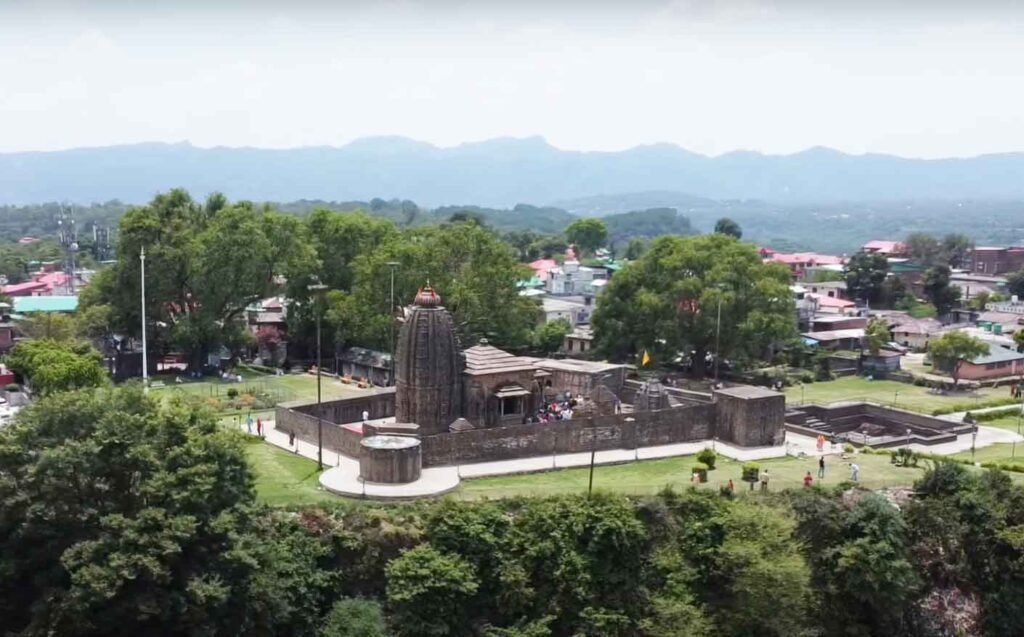

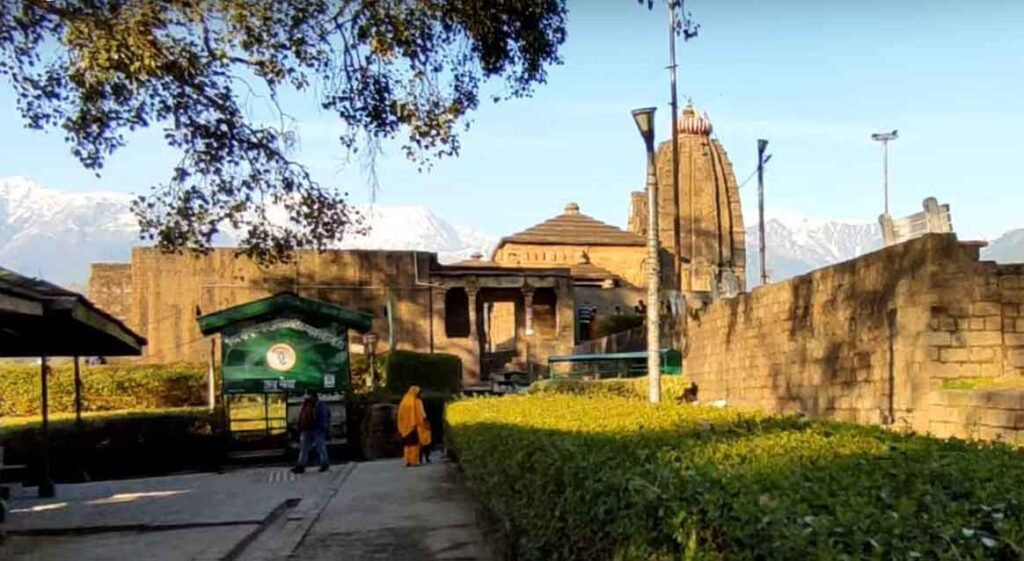


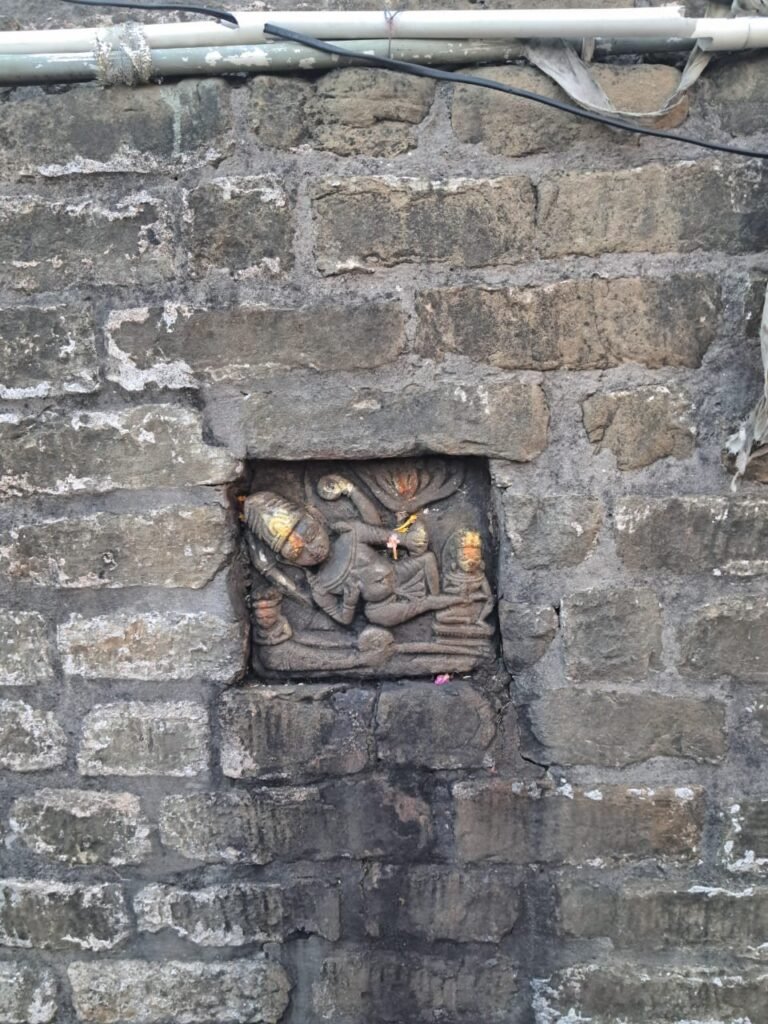
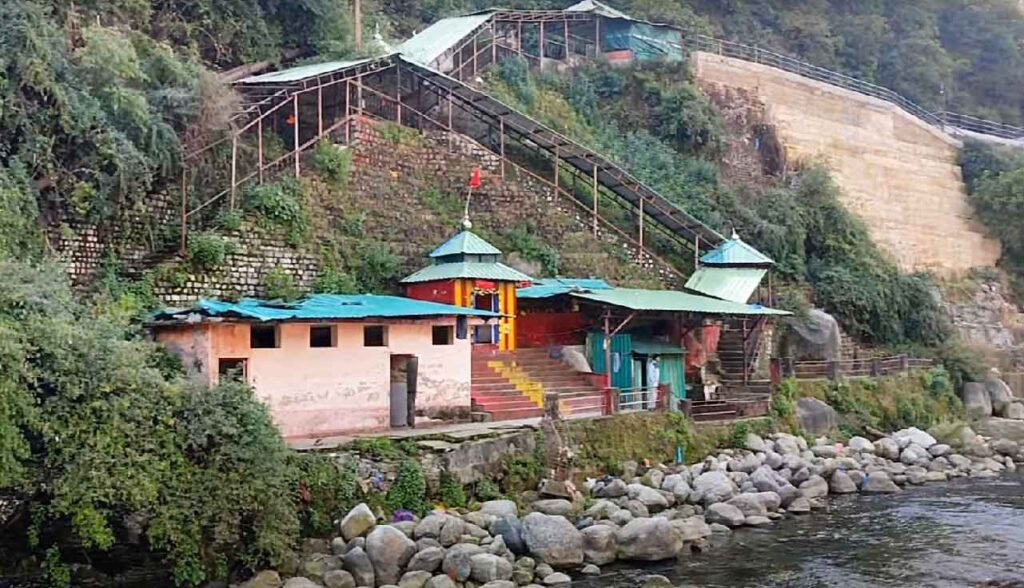


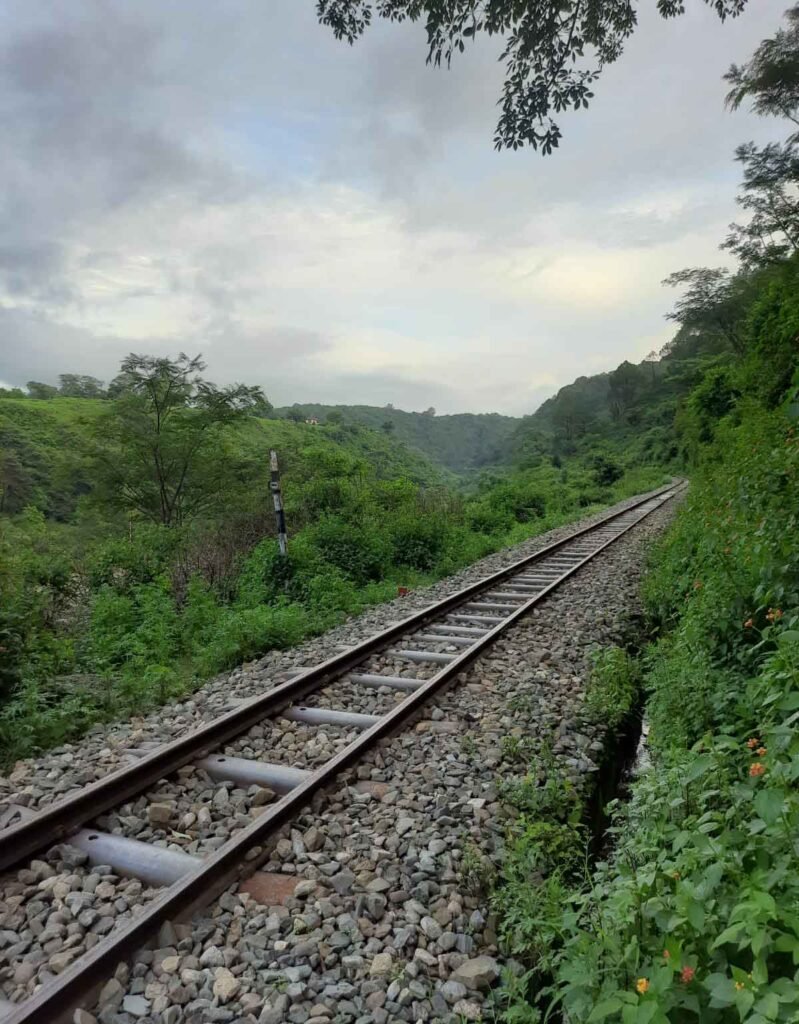

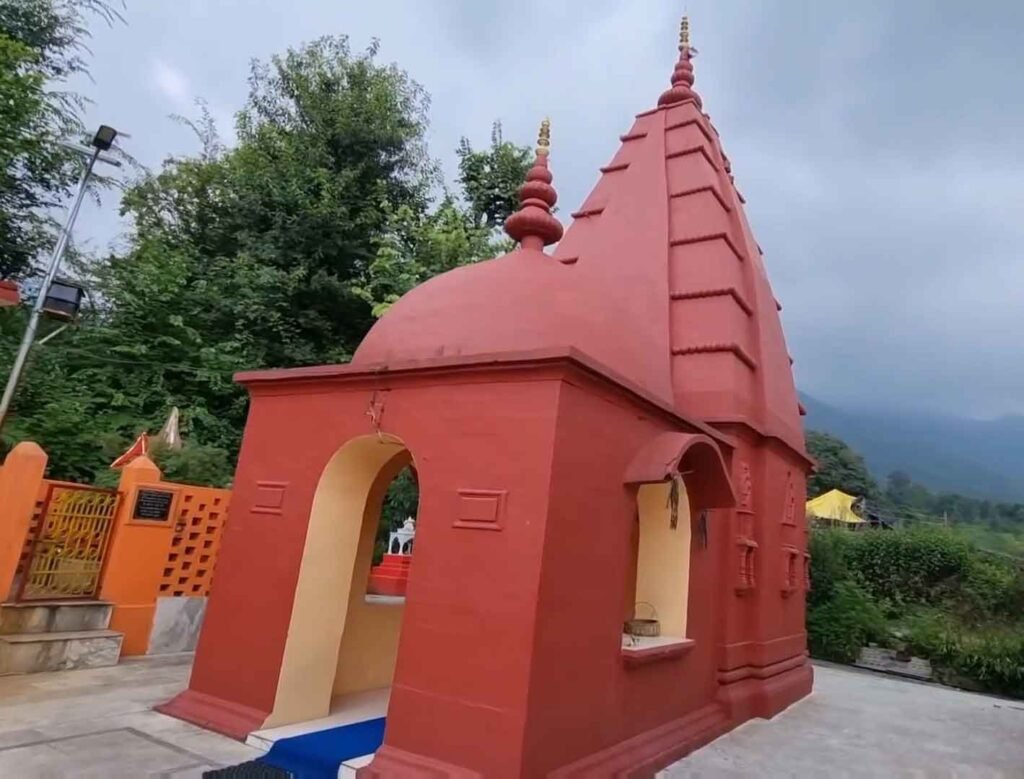
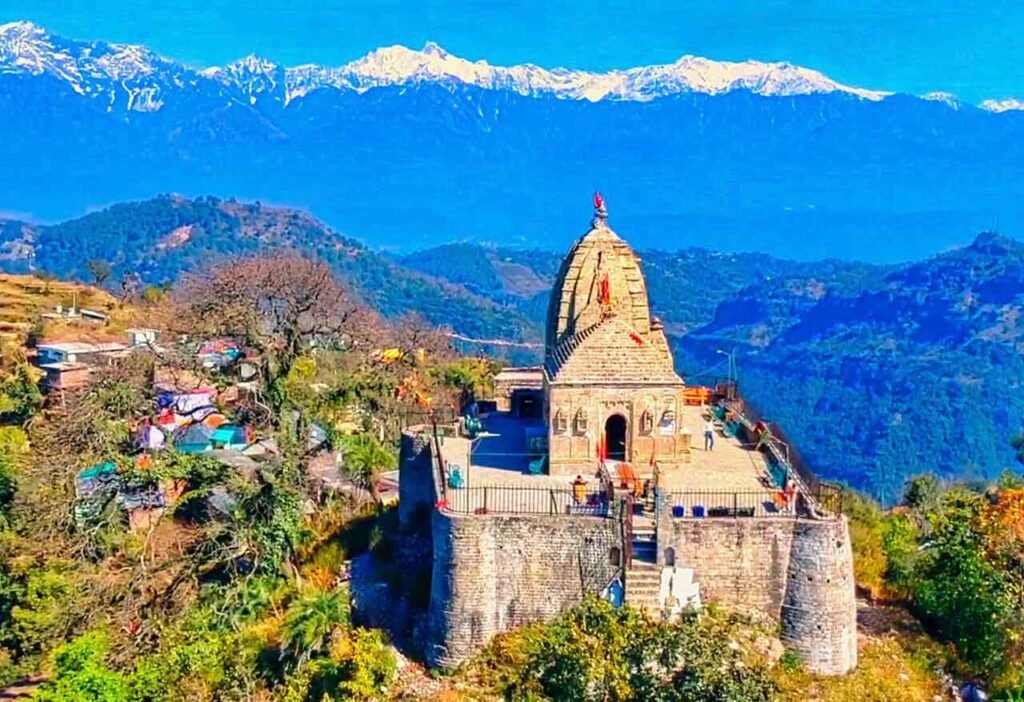
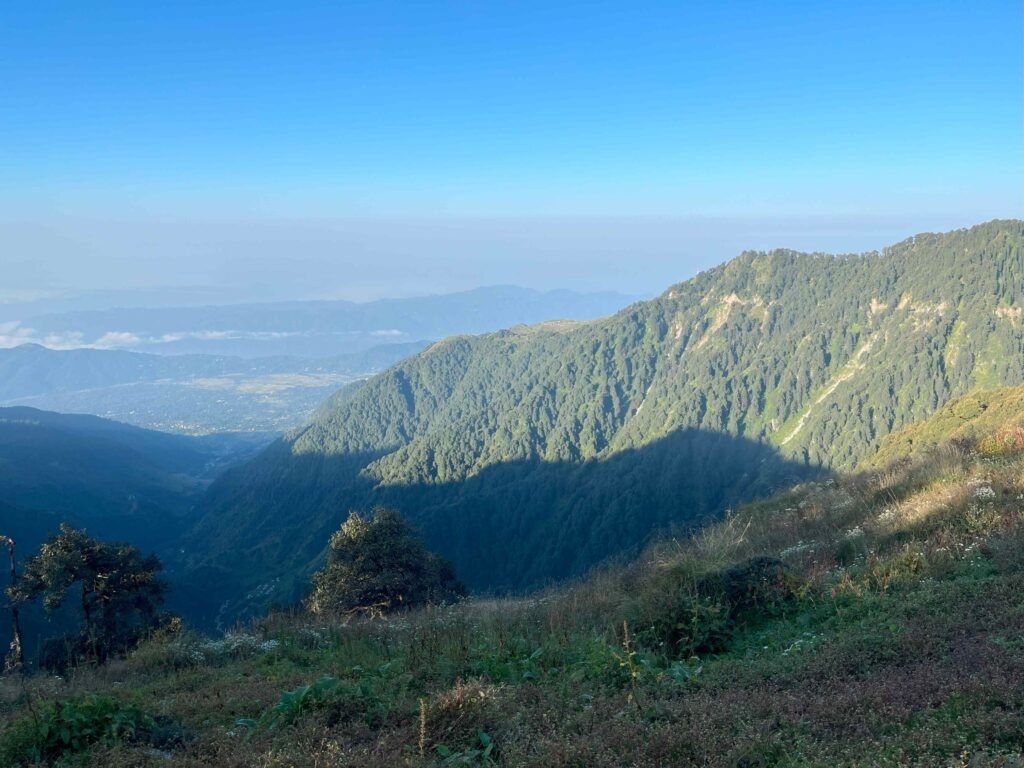

1 thought on “Baijnath Temple : The Most Famous Temple of Himachal”
Pingback: Brahni Mata Temple: A Spiritual And Natural Gem Of Himachal »